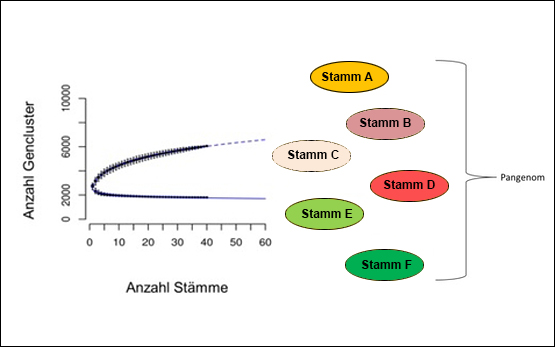The ‘Fermented Foods Microbiome' work package investigates the biodiversity represented in the Agroscope Strains Collection (Liebefeld, Wädenswil), analyses the biodiversity of the ‘raw-milk cheeses' ecosystem, and studies the microbial and biochemical processes of cheese ripening as well as the interactions of the various bacteria species within the different types of raw-milk cheeses. The aim is to be able to select bacteria for the manufacture of fermented milk products so that milk processers can produce high-quality raw-milk cheeses at a lower cost and with less faulty fermentation, and consumers can be offered safe fermented dairy products with a variety of flavours. In cheese production, for example, it was shown that the use of a cheese smear composed of a large number of microorganisms with an antagonistic effect on undesired bacteria led to an improvement in food safety (suppression of listeria) [1].
References
[1] Roth, E.: Control of Listeria contamination on the surface of semi-hard cheeses by natural smear ecosystems and protective cultures, ETH Dissertation No. 18644, Zurich 2009.






